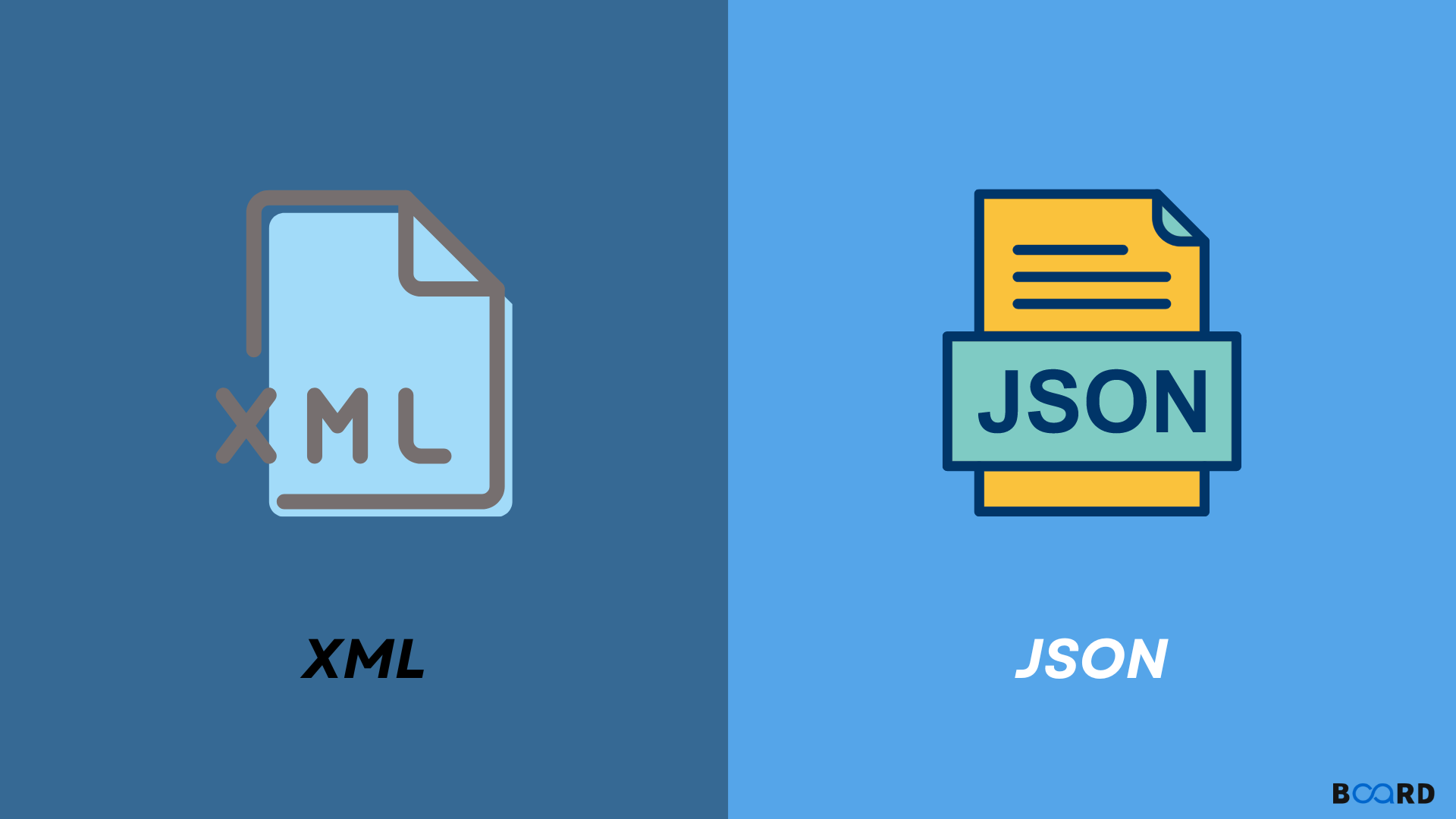Essentials of Back-End Development: From APIs to Databases
Client Side and Server Side Scripting: Explanation
XML and JSON: Explanation and Differences

Introduction
JSON and XML are text-based, human-readable file formats that can be created, read, and decoded in real-world software. Both are hierarchical text notations for data exchange that are not language-specific.
Despite sharing some characteristics, they vary in several ways, including data formats, verbosity, tool stack, etc. While JSON is a compact open-standard format for data interchange extended from JavaScript, XML is a text-based markup language focusing on business-to-business operations on the World Wide Web. This article will go through the key differences between XML and JSON.
What is XML?
Extensible Markup Language is known as XML. It is a markup language for text that evolved from Standard Generalized Markup Language (SGML). In contrast to HTML tags, which are utilised to display the data, XML tags identify the data and are employed to store and arrange the data.
The primary advantage of XML is the ability to transfer data from programs like Microsoft SQL into XML and then share that XML with other platforms and programs. Even though communication between platforms is typically highly challenging, it is possible.
Code
What is JSON?
JSON, which stands for JavaScript Object Notation, is a text-based open standard format created to exchange human-readable data. It is a data format that is not language specific. Almost all languages, frameworks, and libraries are supported.
In contrast to XML, JSON adopts a concise style to enhance its users' readability. When dealing with a complicated system, JSON frequently offers significant improvements.
Code
XML vs JSON
XML is a reduced version of SGML that is used to store and display structured data in a machine- and human-readable manner. It is a markup language that adds information to plain text, making it easier to understand.
On the other hand, JSON, based on JavaScript object syntax, is a lightweight data-interchange format used to describe hierarchical data. No doubt, one can convert XML to JSON JavaScript.
Since JSON lacks start and end tags and is more data-oriented with less duplication than XML, it is a perfect substitute for exchanging data via XML.
In contrast, XML requires more characters to convey the same data.
The following are the key XML and JSON differences:
Conclusion
JSON and XML are the two most widely used file formats for exchanging data, yet they have different uses. Both are text-based, human-readable formats that adhere to well-established open Web standards. JSON is data-oriented, whereas XML is document-oriented, which is one of their key distinctions. Both are basic, simple to learn, and irrespective of language, yet each is used for its advantages.
